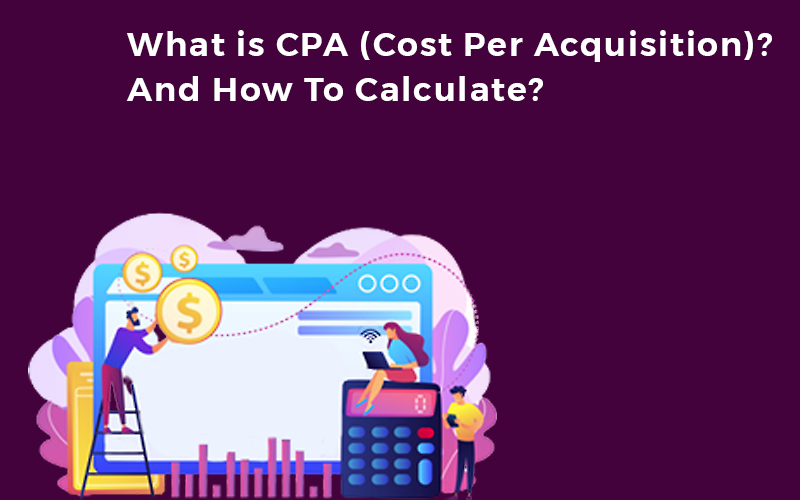Well, let us break it down for you! Cost per acquisition (CPA) is like the golden ticket for measuring how much it costs to get hold of a new customer. It is the secret sauce for businesses of all sizes, helping them keep an eagle eye on their marketing campaigns’ effectiveness and decide where to throw their marketing dollars.
How Does CPA Work?

The Benefits of CPA in Marketing

- CPA helps you keep tabs on your marketing campaign's effectiveness.
- It lets you know which channels are MVPs for acquiring new customers.
- CPA helps you allocate your marketing budget like a pro.
- It assists you in setting marketing goals.
How to Calculate CPA?
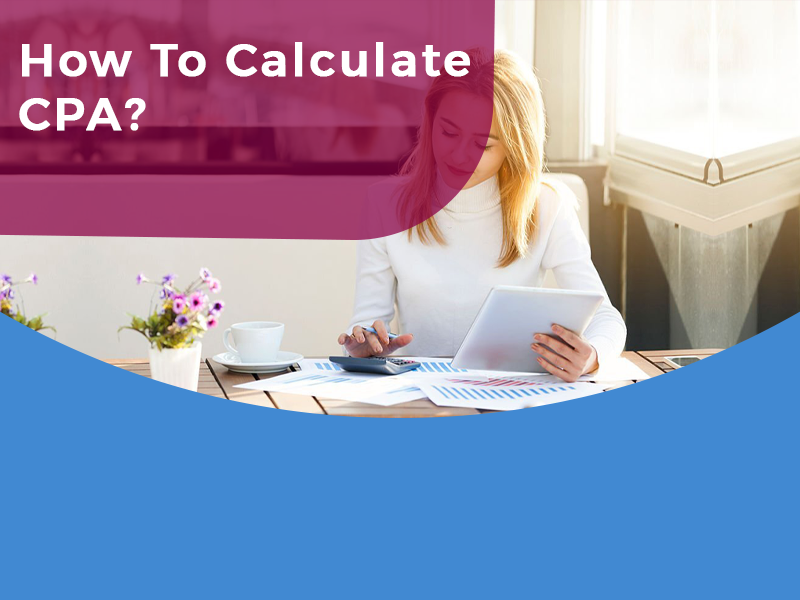
How to Track CPA Results?
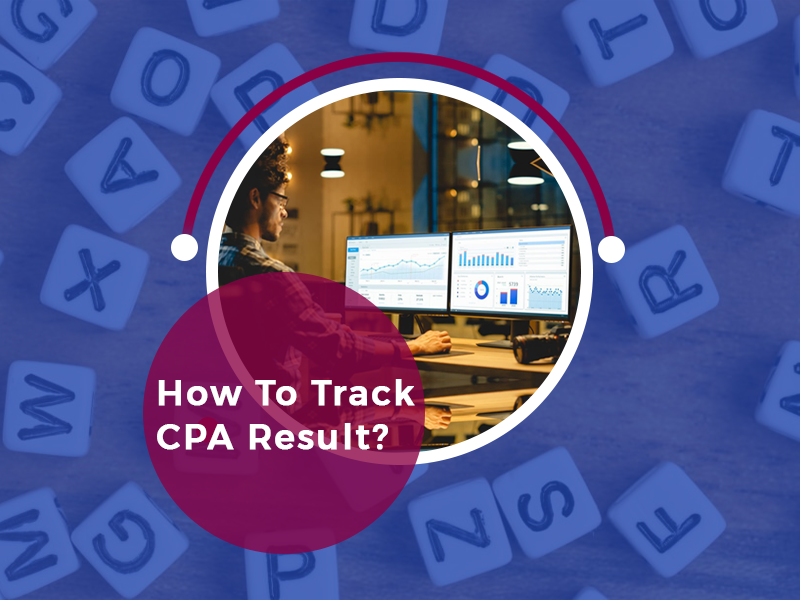
How to Calculate CPA in Digital Marketing?
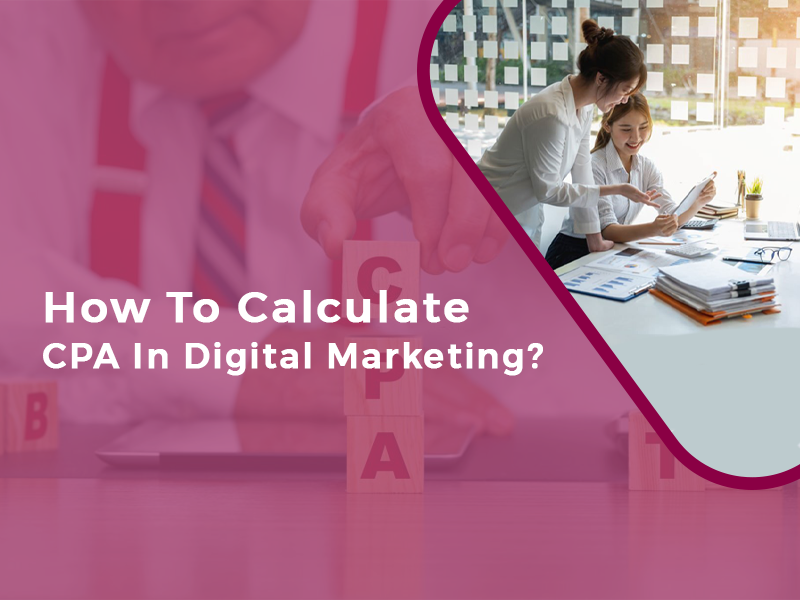
For instance, when running a Google Ads campaign, it’s essential to factor in click costs. And for social media campaigns, you’ll want to account for the cost of impressions.
How to Calculate CPA in Google Ads?
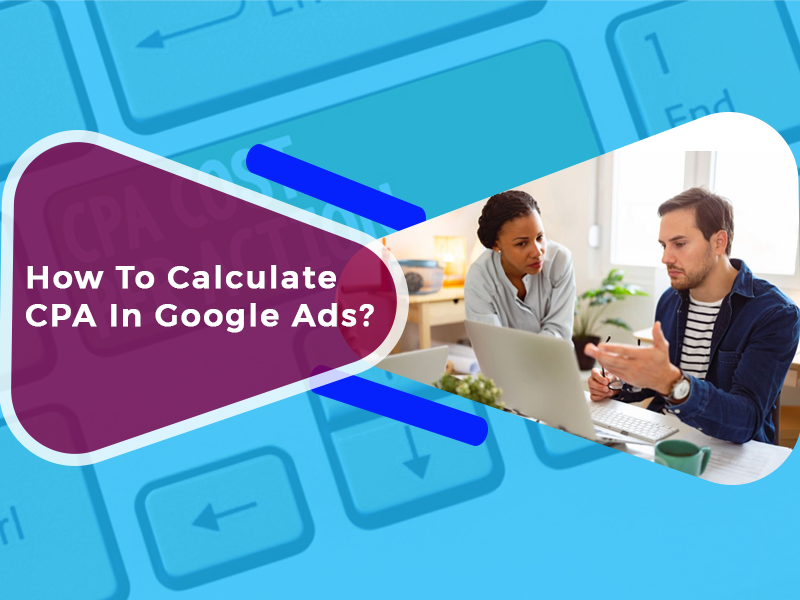
Tips For Calculating CPA
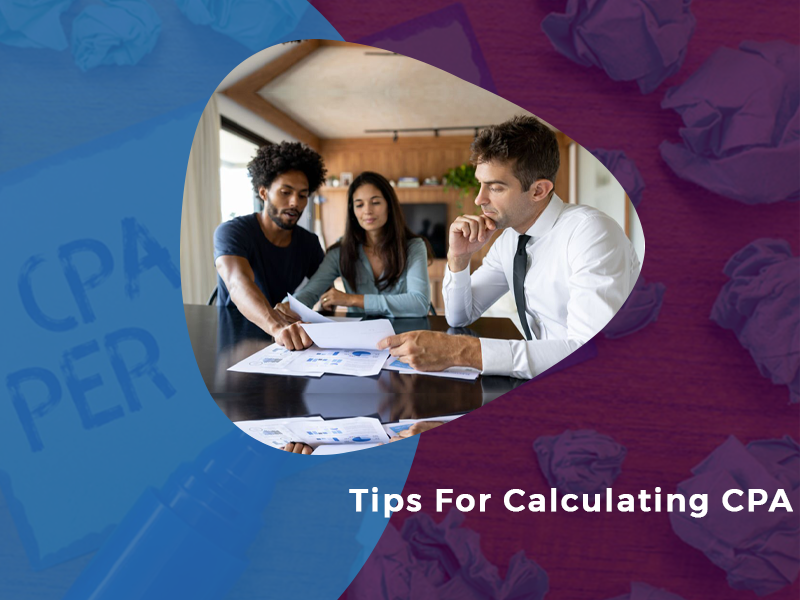
- Keep an eagle eye on all your conversions, online and offline. They're all equally important!
- Stick with the same CPA formula across all your marketing campaigns for easy-peasy comparisons.
- Don't be afraid to tweak the formula when needed – just like adjusting a recipe for that perfect taste!
- Embrace Google Analytics and other tools as your trusty sidekicks for tracking CPA results, helping you spot areas to level up your performance.
Key Mistakes to Avoid While Calculating CPA
Inaccurate Conversion Tracking: One of the most critical mistakes is inaccurate or incomplete conversion tracking. If your tracking is not set up correctly or fails to capture all relevant conversions, it will lead to inaccurate CPA calculations. Make sure to implement proper tracking mechanisms and regularly verify their accuracy.
Excluding Marketing Costs: CPA should include all marketing costs associated with acquiring a customer. It’s essential to consider expenses such as advertising costs, agency fees, creative production, landing page optimization, and any other expenses directly related to customer acquisition.
Including Non-Converting Traffic: When calculating CPA, it’s important to exclude non-converting traffic or actions that don’t contribute to your desired conversion goal. For example, if you’re tracking purchases, make sure not to include clicks or engagements that don’t lead to actual conversions.
Incorrect Timeframe: Ensure you calculate CPA using the appropriate timeframe. CPA is typically calculated over a specific period, such as a day, week, or month. Using inconsistent or incorrect timeframes can skew your results and make it challenging to compare performance accurately.
Ignoring Customer Lifetime Value (CLV): Solely focusing on CPA without considering the long-term value of customers can be misleading. While it’s crucial to optimize acquisition costs, it’s equally important to consider the potential lifetime value that customers bring to your business.
Not Accounting for Attribution: Attribution refers to properly assigning credit to various marketing channels or touchpoints that contribute to a conversion. Ignoring or misattributing conversions can result in inaccurate CPA calculations. Utilize robust attribution models to allocate conversion credit accurately.
Ignoring Quality Metrics: Purely looking at CPA in isolation can be inaccurate. It’s important to consider other quality metrics, such as conversion rate, return on ad spend (ROAS), customer retention rate, and customer satisfaction. Focusing only on low CPA without considering these metrics may result in acquiring low-value or non-engaged customers.
Lack of A/B Testing and Optimization: Not conducting A/B tests or optimization experiments can hinder your ability to improve your CPA over time. It’s important to test different strategies, creatives, targeting options, and landing pages to identify the most effective tactics for reducing CPA.
How to Calculate Average CPA?
How to Reduce Your CPA (Cost per Acquisition)

CPA, or cost per acquisition, is the golden ticket to understanding your marketing campaign’s profitability. Want to reduce your CPA and boost that ROI? Check out these tips:
- 1. Set goals that are as realistic as you can. Start small and work your way up!
- 2. Aim for the right audience. Focus on people vibrating with your offerings, using demographics, interests, and other targeting strategies.
- 3. Craft ad copy that's more compelling - like cliffhangers that build curiosity and inspire action. Keep it clear, concise, and all about those sweet benefits.
- 4. Pick keywords that have high search volumes and low competition. Google's Keyword Planner is your trusty sidekick.
- 5. Track results like a detective on a case. Adjust your campaigns based on your findings.
- 6. Try remarketing to reel in those who got away – they've visited your website but haven't converted yet.
- 7. Entice customers with irresistible discounts and promotions.
- 8. Level up your website's conversion rate with user-friendly navigation, clear calls to action, and persuasive copy.
- 9. Call in the pros! A marketing agency can help you tailor a strategy to your business and goals.
How is CPA Connected with SEO?

- Spice up your website with relevant keywords in title tags, meta descriptions, and content.
- Whip up high-quality content that is informative, engaging, and relevant
- Build links to your website like you're constructing a marketing empire. High-quality backlinks are your bricks.
- Get Social! Mingle in your industry's online forums and social media groups to strengthen relationships and brand awareness.
